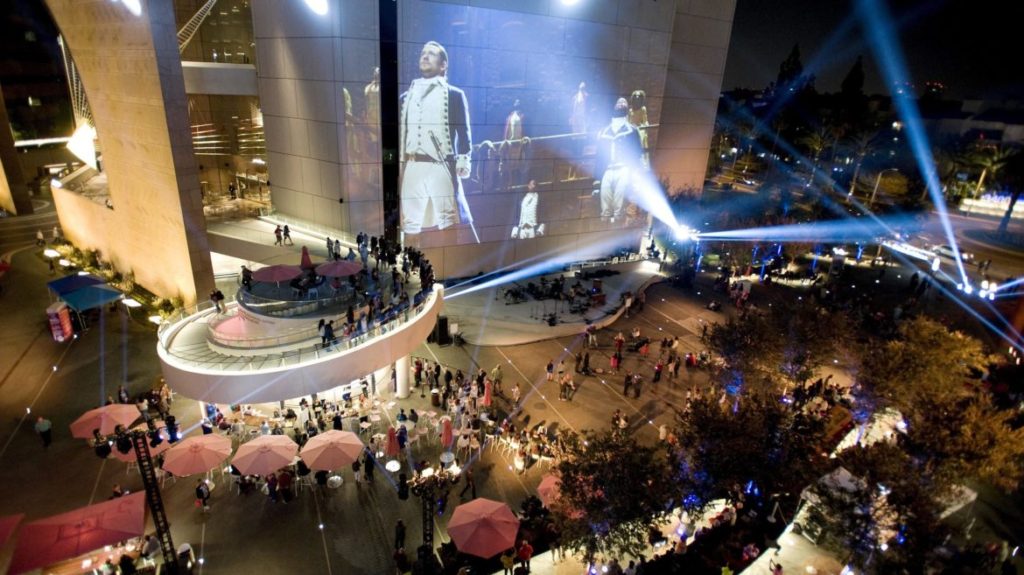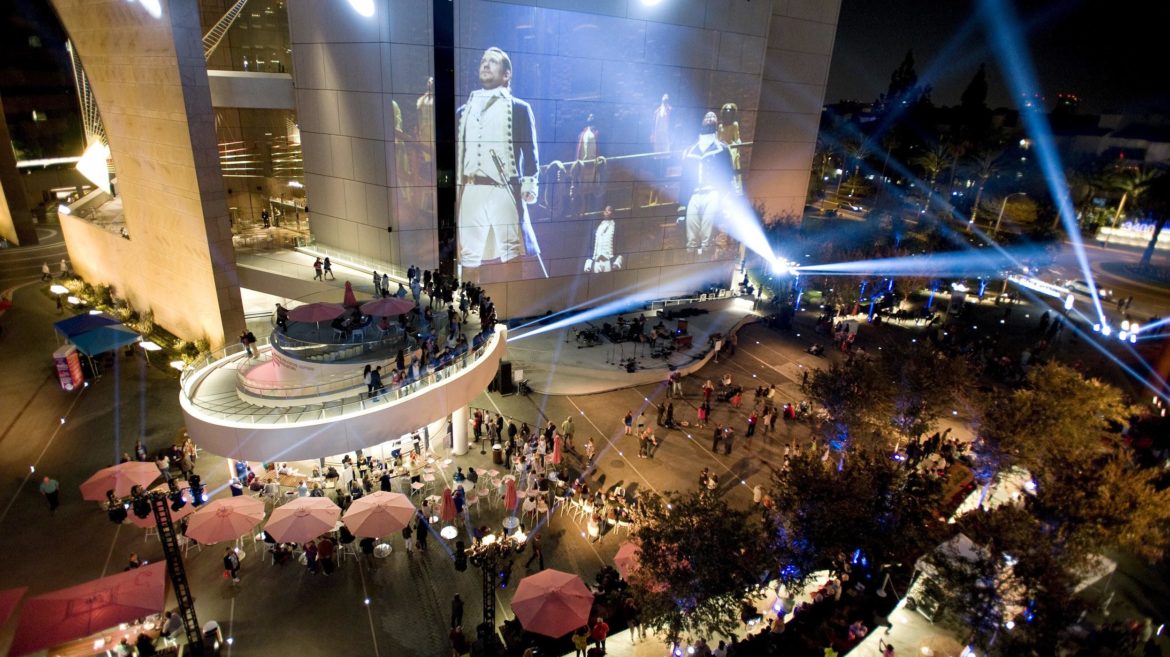
This Week’s Insights: Streaming services are killing niche audiences… Museums are using artificial intelligence to manage audience… Twice as many students are paying attention to news… How Bravo TV addicts viewers with music… Can a vibrant plaza outside help what goes on inside?
- Niche Services Are Abandoning Their Audiences: In the tech world, if the user base doesn’t scale, it gets the ax. Latest example: WarnerMedia says it will close FilmStruck, DramaFever and SuperDeluxe. The three streamed specialized indie movies. Never heard of them? It’s easy to think in the era of Netflix, Amazon Prime, Hula and others that we have access to every movie ever made. But it’s not true, particularly for smaller movies that have more specialized audiences. As competition increases, media companies are dropping the specialized channels. The counter-argument? “If WarnerMedia had eventually rolled FilmStruck into its bigger service, it would have been an enticing add-on for movie lovers, who are largely underserved by the big streaming services.”
- AI Starts to Enter The Arts – And Audience Management: “Artificial intelligence is increasingly being used today by museums of all sizes worldwide, which employ it to develop everything from robots, chatbots and websites, to tools that help them analyze visitor data and their collections, and determine admission policies and exhibition content.” One notable example, a fleet of robots, called Pepper, used by five Smithsonian museums to interact with visitors.
- Counter-Conventional – Study Says Twice As Many Students Are Paying Attention To News: Project Information Literacy reports that twice as many students are paying regular attention to news than in 2014. “Students felt, even in their short lives, news had changed. Part of it’s the Trump effect, but I think it’s really that the Parkland generation is paying attention. They have an issue. I can’t tell you how many times school shootings came up. It’s definitely on their minds. They’re going to hear about it on their phones. The 24-hour news cycle has spun out of control to this hyper-velocity model that’s coming at them. The technology feeds them these stories in a way that news always has urgency. So much of news is treated like breaking news, whether it is or not. Kate Spade, she made nice purses, and her suicide is a tragedy. But is it breaking news? It’s confusing to students.”
- How Bravo TV Addicts Audiences? How does the station Bravo keep people addicted to its reality TV shows? A composer says that he and others make the station sound like candy: “midcentury spy film vibraphones. Tchaikovskian pizzicato — that is, finger-plucked — violin strings. The melodious wooden tock-tock-tock of a struck marimba. Egg shakers. Cymbals which, when struck in succession, vibrate with an ephemeral sound halfway between a wish and a sparkle.” It’s Muzak on steroids, shifting your mood, focusing your attention, subtly suggesting how you should perceive what’s happening on the screen.
- Why Do Performing Arts Center Plazas Look Like Deserted Wastelands? They do, right? And there’re fewer places more depressing than these spaces when nobody’s there. So a year ago the Orange County Performing Arts Center redesigned its plazas. Helped in part by a gift from the Argyros family, the Segerstrom Center’s rather drab and empty public plaza was transformed into an attractive and inviting outdoor space with an imposing stage, plenty of seating, a dramatic fountain and many other amenities, all planned to send a message: “linger here for a while.” So has it worked?
(Photo by Nick Koon; courtesy of SCFTA)

Leave a Reply